Measuring Success in IT Staffing Key Metrics and Indicators
Key Metrics and Indicators
Finding the right talent for any organization is essential, but in the fast-paced world of information technology,
it becomes even more critical. As technology continues to advance at an unprecedented rate, companies need to
ensure they have the right IT professionals in place to stay competitive. That’s where IT staffing comes into
play. But how do you measure the success of an IT staffing strategy? What metrics and indicators should you look
for to know if you’re on the right track? In this blog, we will explore key metrics and indicators to measure
success in IT staffing. From time-to-fill positions to quality of candidates, we’ll delve into the factors that
can help organizations gauge the effectiveness of their IT staffing efforts. By understanding and tracking these
metrics, companies can optimize their talent acquisition strategies, ensure they attract the best IT talent, and
position themselves for success in the digital landscape. So, let’s dive in and explore the world of IT staffing
metrics together!
Optimizing Time-to-Fill Positions: A Key Metric for IT Staffing Success
In the fast-paced world of information technology, time is of the essence. Organizations need to ensure their IT
staffing strategy enables them to quickly fill positions in order to keep up with the ever-evolving technological
landscape. Time-to-fill positions is a crucial metric that measures the effectiveness and efficiency of an IT
staffing strategy.
Reducing time-to-fill positions not only allows companies to secure top IT talent promptly but also minimizes
disruption to ongoing projects and business operations. However, achieving a speedy time-to-fill is not without
its challenges. The IT industry is highly competitive, with a scarcity of skilled professionals and a constant
demand for talent. As a result, IT staffing strategies must be agile, proactive, and targeted in order to
attract and engage the right candidates efficiently.
One strategy to optimize time-to-fill positions is to build a strong talent pipeline. This involves proactively
sourcing and engaging with potential candidates, even before a specific position becomes available. By cultivating
relationships with top IT professionals, organizations can create a pool of qualified candidates to draw from
when a vacancy arises. This approach reduces the time spent on attracting candidates, as they have already been
pre-screened and assessed for their suitability for the organization.
Implementing a robust applicant tracking system (ATS) is another effective tactic to streamline the time-to-fill
process. An ATS enables organizations to automate and streamline the hiring process, from job posting to
candidate screening and interview scheduling. By leveraging technology, recruiters can optimize their workflow,
saving time and effort, and ensuring a seamless and efficient process.
For example, VorTek Systems, a leader in IT staffing, utilizes a cutting-edge ATS that not only automates the
application process but also incorporates artificial intelligence capabilities to screen and match candidates
with job requirements. This technology enables them to narrow down a large pool of applicants to the most
qualified candidates in a fraction of the time it would take if done manually. This significantly reduces
time-to-fill positions and increases the likelihood of finding the ideal candidate for each role.
Measuring Candidate Quality: An Essential Indicator of IT Staffing Success
In addition to time-to-fill positions, the quality of candidates is a crucial indicator of IT staffing success.
It’s not just about filling positions quickly; it’s about finding the right fit for the organization’s unique
needs and challenges. To measure the quality of candidates, organizations can track metrics such as candidate
retention rates, performance evaluations, and feedback from managers and team members.
One strategy to ensure high-quality candidates is to focus on aligning the IT staffing strategy with the
organization’s goals and culture. By clearly defining the skills, experience, and cultural fit required for each
position, recruiters can effectively evaluate candidates based on their suitability for the organization. This
approach goes beyond technical skills and evaluates soft skills, such as communication, teamwork, and
problem-solving abilities.
Another effective strategy to attract high-quality candidates is to enhance the organization’s employer brand. A
strong employer brand not only attracts top IT talent but also helps retain them in the long run. Organizations
can showcase their company culture, values, and opportunities for growth through various channels such as their
website, social media, and online platforms like Glassdoor. By highlighting the unique benefits of working for
the organization, they can differentiate themselves from competitors and attract the best candidates.
For example, VorTek Systems has developed a compelling employer brand by emphasizing its commitment to
innovation, continuous learning, and work-life balance. By showcasing the challenging and exciting projects their
IT professionals work on, as well as the supportive and collaborative work environment, they have successfully
positioned themselves as an employer of choice in the IT industry. This strong employer brand allows them to
attract high-quality candidates who are passionate about cutting-edge technology and thrive in a dynamic and
collaborative work environment.
Conclusion
In conclusion, measuring success in IT staffing requires a comprehensive evaluation of key metrics and indicators.
Time-to-fill positions and candidate quality are two critical factors that organizations should focus on to gauge
the effectiveness of their IT staffing efforts. Strategies such as building a talent pipeline and implementing an
applicant tracking system can optimize time-to-fill positions, while aligning the staffing strategy with the
organization’s goals and enhancing the employer brand can attract high-quality candidates.
By leveraging these strategies, organizations can position themselves for success in the fiercely competitive IT
talent market and stay ahead in the digital landscape. VorTek Systems, with its expertise in IT staffing and its
focus on addressing the rapidly evolving demands of the digital arena, excels in leveraging these strategies to
connect organizations with top IT talent and position them for success in the competitive IT talent market.





